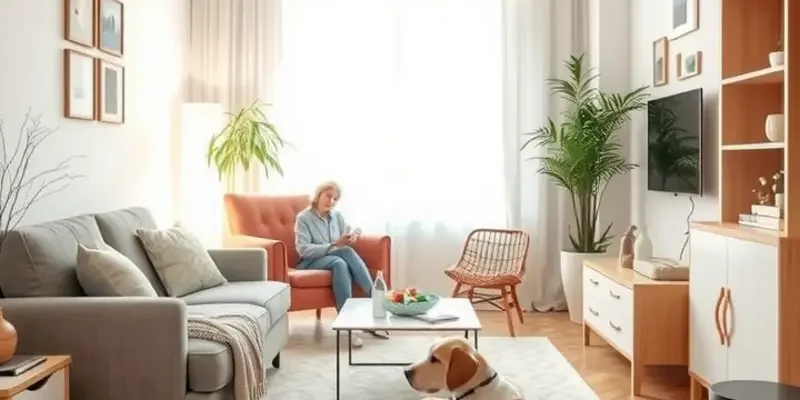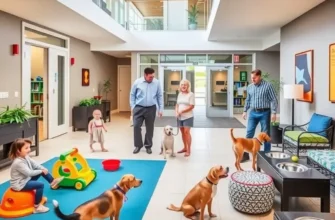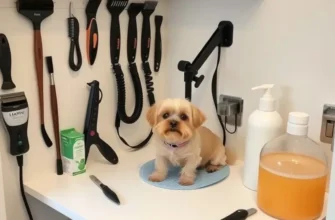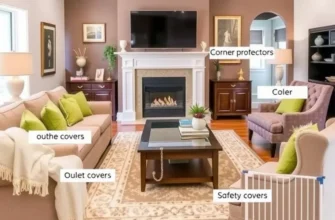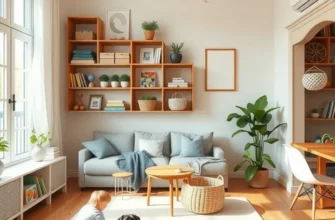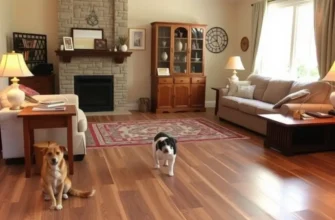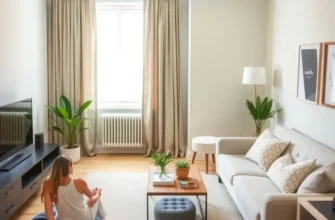Living in an apartment with elderly pets can be a rewarding experience, allowing families and couples to enjoy life alongside their four-legged companions. As beloved members of our families, elderly pets require special consideration, especially when it comes to safety, comfort, and accessibility. No matter the size of your home, you can create a welcoming environment that caters to both pets and young ones, ensuring they can thrive in harmony. Navigating the challenges and joys of apartment living with seniors or disabled pets also requires a thoughtful approach to interior design, daily routines, and community interactions. With a few practical tips and a touch of creativity, transforming your space into a haven for your cherished fuzzy friends is within reach. This guide is here to provide warm and comforting insights for families seeking safe, comfortable, pet- and child-friendly apartments. Together, let’s explore how to make your living space enjoyable for every member of your family.
Designing Pet-Friendly Living Spaces
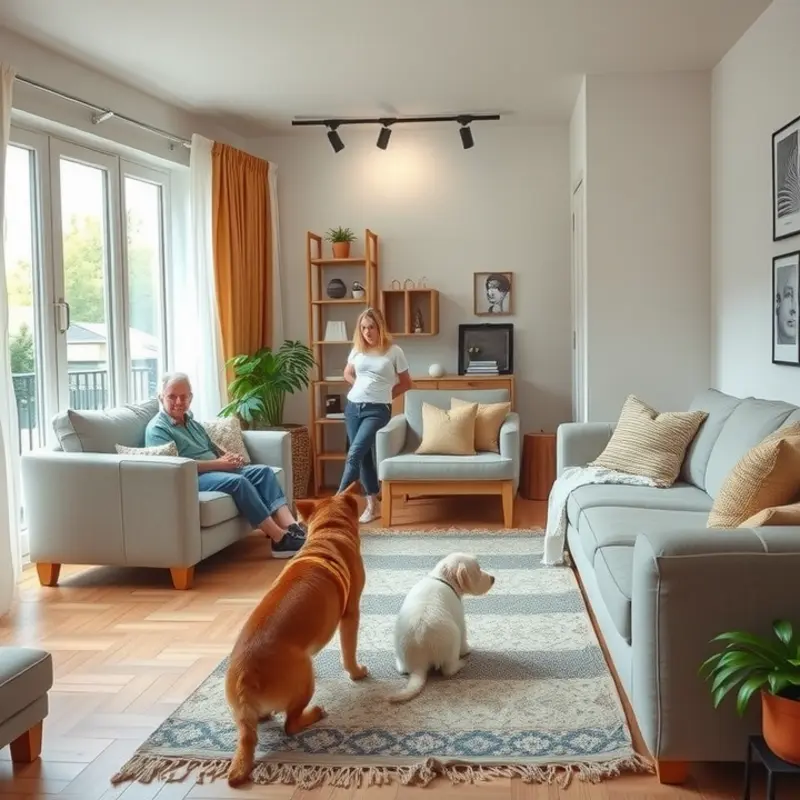
Crafting a cozy apartment that accommodates the needs of elderly pets requires thoughtful planning and design. Ensuring your home is safe for your furry friends begins with choosing the right flooring. Opt for non-slip surfaces like vinyl or laminate, which provide the traction needed for pets with mobility issues. These materials are easy to clean, resist spills, and minimize noise from your pets’ movements, making them ideal for apartment living.
Furniture selection plays a pivotal role in creating a comfortable space for both pets and children. Choose low-height couches and chairs to keep them accessible for pets with joint issues. Adding pet-friendly upholstery that is resistant to stains and odors will help maintain a tidy appearance. Multi-purpose furniture, such as ottomans with storage, can serve as both a seating area and a playground for smaller pets.
Organizing your apartment to enhance accessibility for elderly pets is essential. Ensure that favorite resting spots are within easy reach. Ramps can be beneficial for pets having difficulty with stairs or jumping onto higher surfaces. Placing pet beds in warm, draft-free corners provides them a comfortable sanctuary.
Decluttering is fundamental in maximizing space and reducing stress for both pets and humans. Make use of items like enclosed storage cabinets or shelving to keep the floor clean, preventing accidents or injuries. This also involves applying creative storage solutions that simultaneously maximize floor space and improve organization.
Utilizing vertical space can be a game-changer in a compact apartment. Install shelves or units that can house both your belongings and some pet essentials, keeping everything easily accessible yet tucked away. Vertical scratching posts or climbing trees can offer your pets exercise opportunities without requiring large floor space.
Incorporating soft furnishings will ensure a cozy, inviting environment. Choose rugs or mats that not only add warmth but also offer cushioning for pets prone to arthritis. Ensure these are easy to wash to maintain hygiene. Familiarize yourself with pet-friendly materials—those that can withstand scratching and remain durable over time.
For renters seeking more ideas on organizing small spaces effectively, consider exploring concepts that revamp small bedrooms. Techniques found here can often be adapted to suit various spaces within an apartment, providing useful insights into making the best use of available areas without compromising on comfort and style.
Combining practicality with thoughtful design in your apartment will not only enhance the well-being of your elderly pets but will also foster an environment where all family members can enjoy each other’s company in harmony. Through these deliberate choices, your apartment transforms into a sanctuary that offers safety, accessibility, and warmth, enabling a joyful coexistence for everyone.
Daily Routines and Activities for Pets and Kids
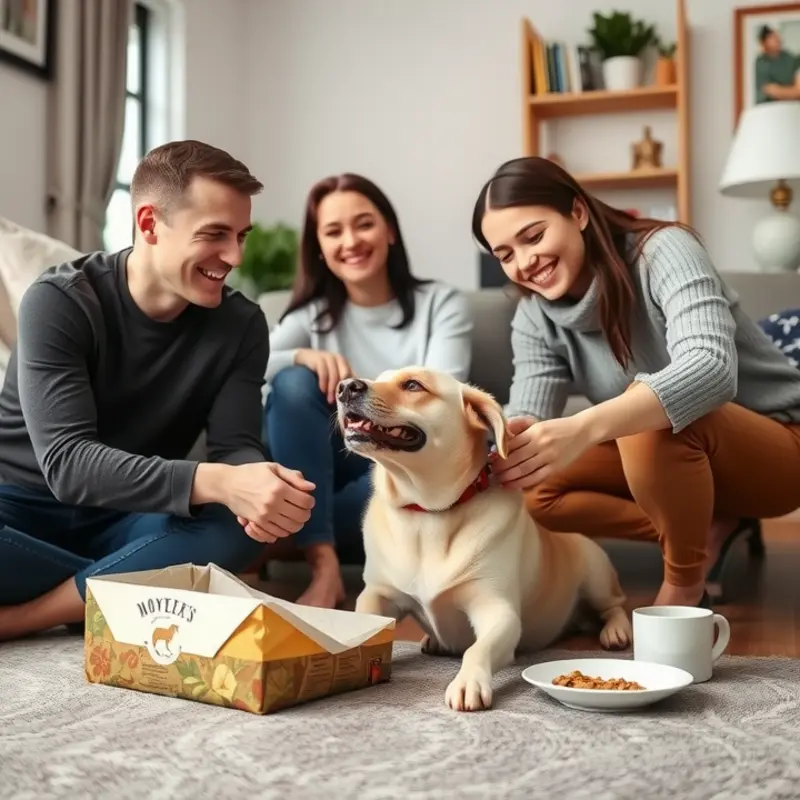
Creating a harmonious living environment in a small apartment requires thoughtful planning, especially when caring for both elderly pets and young children. Establishing a daily routine that accommodates their unique needs can foster a nurturing atmosphere and enhance bonding.
Feeding Schedules
Elderly pets often have specific dietary needs, requiring regular feeding times to maintain their health. Synchronize meal times for pets and kids to create a seamless and manageable routine. Provide small, frequent meals for older pets to aid digestion and alleviate discomfort. Encourage children to participate in feeding, teaching them about the importance of proper nutrition and developing their sense of responsibility.
Walking Tips
Elderly pets benefit from gentle walks suited to their energy levels. Opt for short, leisurely strolls in areas with level terrain and minimal obstacles. Pairing these outings with stroller walks for younger children can make the activity inclusive and enjoyable for everyone. Adjust the pace to accommodate your pet’s needs, and take breaks when necessary. Encouraging children to assist with walking reinforces respectful behavior towards pets and improves their understanding of the pet’s physical limitations.
Playtime and Enrichment
Finding the right balance of play and rest is crucial for elderly pets. Create interactive games that engage both pets and children without overstimulating the pet. Puzzle toys or slow-paced games such as hide-and-seek can provide mental stimulation without physical strain. Encourage gentle, supervised play that helps kids connect with their furry companions while respecting their boundaries. These activities provide enriching experiences, fostering a deeper connection between pets and children.
Safety Considerations
Involving children in pet care requires attention to safety. Teach them how to approach and handle pets gently, emphasizing the importance of listening to the pet’s cues. Supervision during interactions is vital to prevent unintentional harm to both pets and children. Establishing pet-safe zones away from heavy foot traffic or play areas can offer elderly pets a peaceful retreat. Implementing noise control measures in your apartment can also contribute to a safe environment by minimizing stress for your pets. For more tips on managing noise in apartment settings, explore apartment noise complaint procedures.
Adapting daily routines to meet the needs of elderly pets and young children requires creativity and patience. Combining feeding, walking, and playtime into a cohesive schedule not only promotes a harmonious household but also lays the groundwork for lasting relationships and mutual understanding. As these routines become a part of everyday life, the bonds between family members, pets, and children grow stronger, creating a warm and inviting home for all.
Final words
Apartment living doesn’t have to be challenging when you share your home with elderly pets. With a little thoughtful planning and attention to detail, you can create a comfortable environment that meets the needs of all family members—human and pet alike. Prioritizing safety, comfort, and engagement will ensure your beloved furry friends enjoy their golden years alongside young children comfortably. By implementing the design tips and establishing nurturing routines discussed in this guide, you will cultivate a nurturing relationship that brings joy and peace into your home. Embrace the rewarding experience that comes with sharing your life with elderly pets, and enjoy every precious moment together.

